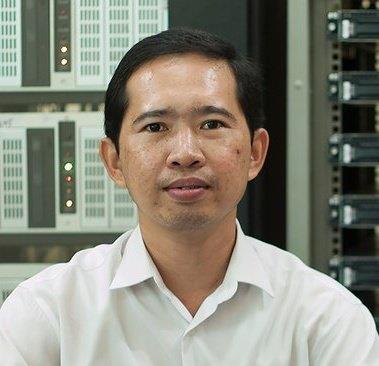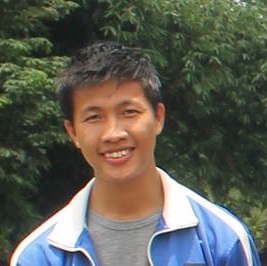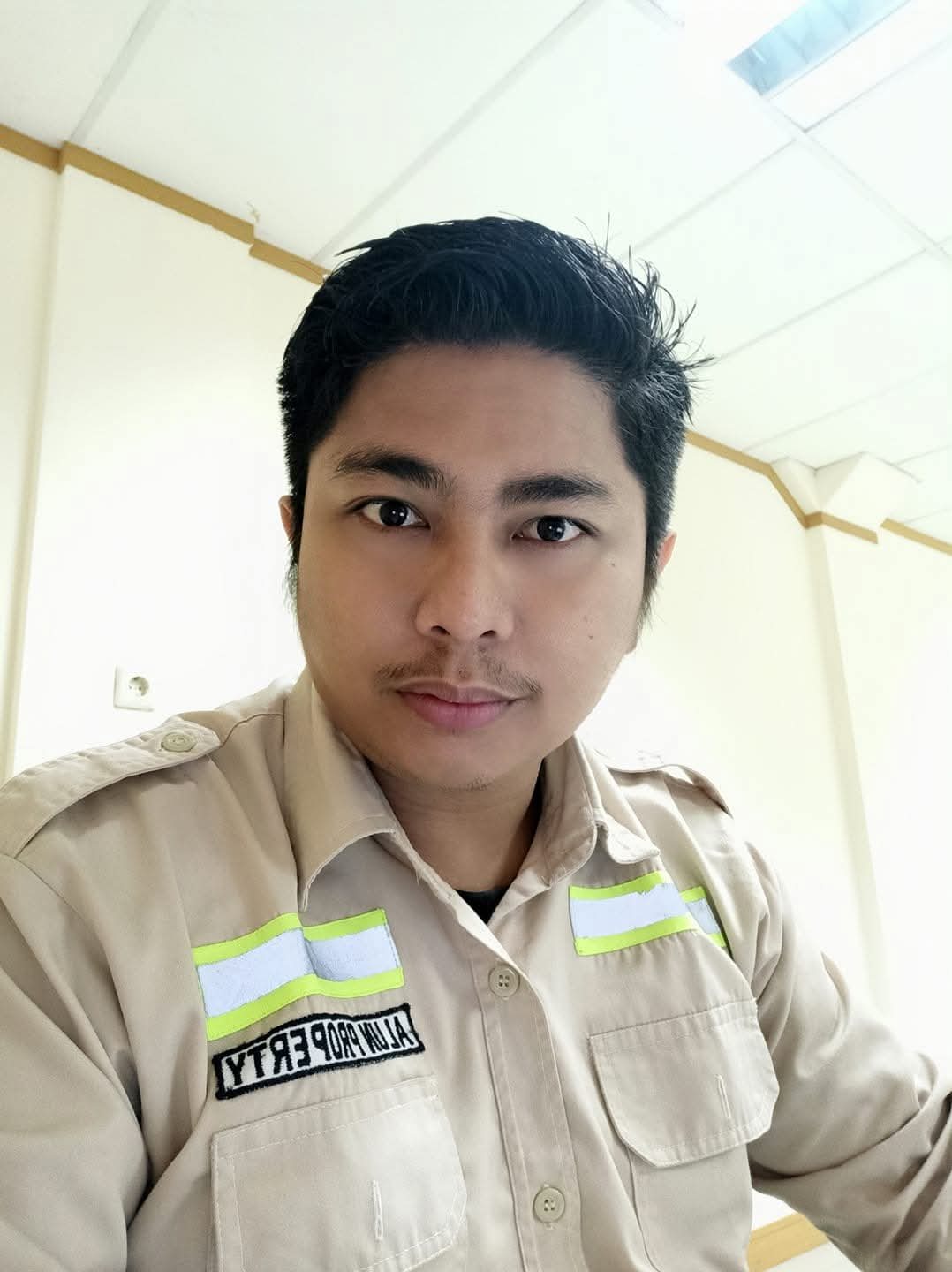Power Systems Analysis Software Package
Power System Laboratory
Department of Electrical Engineering
Universitas Lampung

Lukmanul Hakim

Muhamad Wahidi

Rifqi Annora Mulya

Gusmau Rado Pratama

Alex Munandar

M. Fikri Ibrahim

Achmad Taufik Prabowo

Fahrur Riza Priyana

Annisa Zauhar Nafisah

Yogi Jentrapolta Siregar

Adi Saputra

Trisno Handoko

Binsar Daniel Sandi

Rani Kusuma Dewi

Richard Manuel

Fanny Retawati Simatupang

Chandra Lima Silalahi

Ahmad Wira Satriawan

Fandi Prayoga

Jeshu Putra
UnilaPF is a power flow analysis software developed by members of Power System Laboratory, Department of Electrical Engineering, Universitas Lampung. We are inspired by and indebted to these prominent figures in the Power System and Distribution System Analysis, Prof. Federico Milano FIEEE, Mr. Roger C. Dugan LFIEEE, and Prof. William H. Kersting LFIEEE, for their valuable and insightful comments in our past discussions. Main objective of this work is to build our own software framework for future development in solving various cases faced in our research domain. The developed software, in our opinion, should be flexible enough to cope with problems for both Transmission System and Distribution System Levels. Moreover, for more flexibility and ease of development, Python programming language is adopted. Python supports to both procedural and object-oriented programming as well as its native support on complex number, web-based programming and various numerical libraries required for our work, has led us to fully accept Python in our development.
The work started in 2014, as Mr. Adi Saputra worked for his undergraduate final project on three-phase power flow analysis. At that time, voltage in polar coordinates was incorporated into our mathematical model. In 2015, under Hibah Fundamental Research Grant, the Three-phase Rectangular Power Flow was developed in our lab as an attempt to provide students with framework for their undergraduate project. Mr. Muhamad Wahidi and Mr. Trisno Handoko finished their work on the rectangular voltage for three-phase power flow model using the Newton-Raphson method to iterate over power mismatches. Both single-phase and three-phase power flow software utilizing the full rectangular model were developed during their undergraduate final project work. This project was named UnilaPF.
In 2015, more students were motivated to contribute to the software for their undergraduate final project. More power system, especially distribution system, components were developed and included into our power flow software. Mr. Rifqi Annora and Mr. Binsar Daniel worked on overhead conductor model and power injection model of voltage regulator. Mr. Alex Munandar developed overhead cable model for UnilaPF. Both three-phase line models are based on the Modified Carson Method. Mr. Gusmau Rado added ZIP-load model into UnilaPF. Mr. Richard Manuel and Ms. Fanny Simatupang worked on wye and delta connected step voltage regulators. Instead of using power injection model and adding complexity to Jacobian Matrix Formation, three-phase step voltage regulators model were included in the formation of system's bus admittance matrix. Ms. Rani Kusuma and Mr. M. Fikri Ibrahim worked on three-phase transformer model for different winding connections and clock number. Our first attempt on linear programming-based optimal power flow started this year with Mr. Achmad Taufik work.
In 2016, we continue to develop a three-phase power flow model for distribution system optimization. Mr. Fahrur Riza developed a mixed integer linear programming model for capacitor bank in distribution system. The idea was to allocate reactive power support to solve low voltage profile in a distribution feeder. Mr. Chandra Lima worked on optimal placement of distributed generator using mixed binary linear programming of our developed 3-phase optimal power flow model.
In 2017, both current mismatch (CMM) and power mismatch (PMM) models were studied in rectangular form. At this period of time, vector-forms for both CMM and PMM in rectangular and polar coordinates for complex voltages were derived. A comparative analysis on the performance of the two methods was conducted. Ahmad Wira Satriawan worked on this topic for his undergraduate final project. We also continued our work on the application of linear programming-based optimal power flow to load shedding optimization. Annisa Zauhar Nafisah was assigned to perform the task.
2018 marked a significant development to the program. Fandi Prayoga established a major improvement to the three-phase power flow by implementing full vectorized model to the components models. The IEEE 8500-node feeder test system was able to solve with almost similar results to OpenDSS. A Non-linear programming primal-dual interior point method to solve optimal power flow was also implemented on the basis of our single-phase Newton-Raphson power flow in rectangular voltage. Yogi Jentrapolta Siregar complemented the code and tested it on the IEEE 30-bus test system.
Our first attempt to cope with the uncertainty of renewable energy was started in 2019 carried out by Jeshu Putra by creating a probabilistic model of solar irradiation based on Beta Distribution. In the future, the developed optimization model will accommodate uncertainties from load variation and renewable energy for determining optimal strategy of rural electrification. In 2020, two undergraduate students (Panji Adhi Pradana and Yupida Aditya Kurniawan) joined the team. They are still working on the probabilistic models of solar irradiance and load for a stand-alone solar home system and perform optimization on the basis of these models using the linear programming method.
In 2021, M. Arsy Hajri graduated with his final project on Markov model for solar irradiance based on K-means clustering method to establish the Markov transition matrix. Yoel Gudmean Gultom) analyzed the effects of quadrilateral distance relay on power transfer between South Sumatera and Lampung Subsystems. 2022 marked our attempt on understanding battery in renewable energy systems. M. Syariful Azis and Ahmad Adrian Saputra worked on the modelling of cell balancing circuits. Multi storage and Single Storage devices were modelled, simulated and studied in their final projects.
In 2023, we proceeded our power systems analysis software package by adopting the general fault admittance method by J.D. Sakala to calculate fault current and compared the results to those of OpenDSS. Muhammad Alhadi worked intensively on this topic for his final project. Rischo Alfredo also finished his final project this year on applying Kernel Density Estimation to modelling uncertainties in solar irradiance. Unedo Pardamean Simanjuntak and Destalia Yunita Putri joined in 2024 and finished their project in January 2025 on Conductor Sag Analysis and Load Modelling for Fault Analysis Softwares respectively.
- Lukmanul Hakim (Supervisor)
- Adi Saputra (Three-phase power flow with voltage in polar coordinate)
- Muhamad Wahidi (Three-phase power flow with voltage in rectangular coordinate)
- Trisno Handoko (Three-phase power flow with voltage in rectangular coordinate)
- Binsar Daniel Sandi Togatorop (Single-phase step voltage regulator model)
- Rifqi Annora Mulya (Three-phase overhead conductor model in distribution system)
- Gusmau Rado Pratama (Load model in distribution system)
- Alex Munandar (Medium voltage twist insulated cable model in distribution system)
- Richard Manuel (Three-phase closed-delta step voltage regulator model in distribution system)
- Rani Kusuma Dewi (DYn11 Three-phase transformer model in distribution system)
- Fanny Retawati Simatupang (Three-phase open-delta step voltage regulator model in distribution system)
- M. Fikri Ibrahim (DD Three-phase transformer model in distribution system)
- Achmad Taufik Prabowo (Single phase Linear Programming Optimal Power Flow in Rectangular Coordinates)
- Fahrur Riza Priyana (Optimal Capacitor Sizing and Placement in Three-phase Distribution System Using Mixed Integer Linear Programming)
- Chandra Lima Silalahi (Distributed Generator Allocation Using Mixed Binary Linear Programming for 3-phase OPF)
- Ahmad Wira Satriawan (Comparative Analysis on Current Mismatch and Power Mismatch Methods for Solving Power Flow)
- Annisa Zauhar Nafisah (Load Shedding Optimization by Means of Linear Programming Optimal Power Flow)
- Fandi Prayoga (Vector-form Implementation of Three-phase Power Flow Analysis Based on Power Injection in Rectangular Coordinate with Newton-Raphson)
- Yogi Jentrapolta Siregar (Maximum Loadability Using Non-linear Programming Primal-Dual Interior Point Method Optimal Power Flow in Vector-form)
- Jeshu Putra (Linear Programming-based Optimal Power Flow with Probabilistic Model of Solar Irradiation)
- Panji Adhi Pradana ---
- Yupida Aditya Kurniawan ---
- M. Arsy Hajri ---
- Yoel Gudmean Gultom ---
- M. Syariful Azis ---
- Ahmad Adrian Saputra ---
- Muhammad Alhadi ---
- Unedo Pardamean Simanjuntak ---
- Destalia Yunita Putri ---
- Milano, F., "Power System Modelling and Scripting," Springer-Verlag London Ltd., 2010
- Kersting, W. H., "Distribution System Analysis - Third Edition," CRC Press, 2012
- Dzafic, I., Jabr, R.A., Neisius, H.T.,"Transformer Modeling for Three-Phase Distribution Network Analysis," IEEE Trans. on Power Systems, vol. 30, no. 5, Sept. 2015, pp. 2604 - 2611
- Shin, M., Park, C., Jung, J., Kim, K., So, S., "Nodal admittance modeling of three-phase step-voltage regulators and their applications,Nodal admittance modeling of three-phase step-voltage regulators and their applications," 2013 International Conference on Electrical Machines and Systems (ICEMS), Busan, 26-29 Oct. 2013